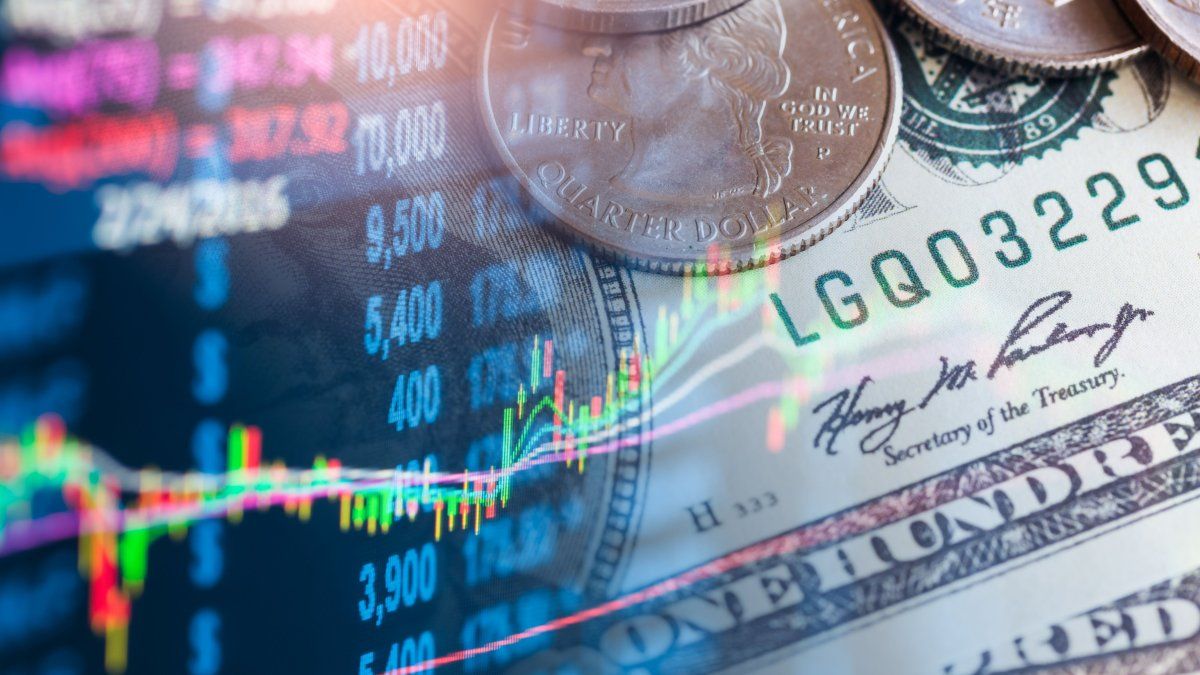The relationship between Emerging Markets and the S&P 500 just hit its lowest level in more than three decades, marking an all-time high. What does this mean? How can you take advantage of it?
Let’s start with the graph that shows the ratio between Emerging Markets and the S&P 500:
EEUUvsREM1.png
What is a ratio between two assets? It is simply a comparison. In this case, the chart shows the ratio between the total returns of the MSCI Emerging Markets index (emerging markets) and the S&P 500 (US market).
This does not mean analyzing each index separately, but rather looking at how one performs relatively to the other. If the ratio goes up, it means that emerging markets are outperforming the S&P 500. If it goes down, as it has since 2011, it means that the S&P 500 has performed better relatively.
To understand the present, we must first analyze how this relationship evolved over time. Since 1989, the relative behavior between emerging markets and the US market has gone through marked cycles. Between 1989 and 1994, emerging markets outperformed the S&P 500 thanks to their economic dynamism and rapid growth rates. But from 1995 to 1998, the panorama changed; The United States regained its advantage, boosted by the technology boom of the 1990s.
The period 1999-2010 was the last major cycle of emerging markets, which benefited investors thanks to the rise of raw materials and the growth of powers such as China. However, from 2011 to today, the leadership has been the S&P 500, driven by its technology sector, expansive monetary policies and a favorable economic environment.
Today the ratio is at the lowest levels of recent decades. And the following question arises: Is it time to rotate towards emerging markets, or will the United States continue to lead the race?
Let us remember that one can “buy” this ratio by doing a “relative trade”. What is a relative trade and why does it matter?
A relative trade consists of betting that one asset will perform better than another. The strategy involves:
- Buy asset X (in this example, emerging markets).
- Sell short asset Y (the S&P 500).
The benefit lies in the performance differences. One earns money if:
- X rises more than Y
- X falls less than Y
- X rises and Y falls
A relative trade offers several key advantages. Firstly, it provides neutrality towards the market, since its performance does not depend on whether the general market goes up or down, but on the relationship between the performance of two assets. In addition, it promotes diversification by reducing exposure to a single asset, which also contributes to lower volatility. However, it is not without risks. That is, the specific risk of each asset.
Beyond the fact that the ratio of Emerging Markets vs the US is at a minimum, What do their valuations tell us?
The S&P 500 operates with a forward Price-to-earnings of 23, a figure well above its historical average. That is, the US is “expensive”. I use quotes, since “expensive” can always become even more expensive. And Emerging Markets? They are “cheap”, with a Forward Price-to-earnings of 12, very in line with their average.
Although technology in the US may continue to rise, current valuations do not offer a good risk/return ratio. On the other hand, emerging markets offer opportunities in less saturated sectors, although with risks such as political volatility or dependence on commodities.
The US market has dominated the last decade, but signs of saturation are evident. High valuations, concentration on technology and recession risks pose a challenging environment. On the other hand, emerging markets offer attractive valuations and significant growth potential, although they are not risk-free.
A relative trade between Emerging Markets and the S&P 500 makes sense in the current context due to the ratio that is at a minimum and the evident divergence in valuations and prospects. And the interesting thing is that the dependence on the general behavior of the market is reduced, since one can still win bloodily in the markets (if the S&P falls more than Emerging Markets).
To finish, I invite you to download a free report with a new company that is all the rage in Vaca Muerta. I really recommend it to you. You can download it here: https://clubdeinversores.com/pdf-tendencia-en-vaca-muerta/
Note: The material contained in this note should NOT be interpreted under any circumstances as investment advice or a recommendation to buy or sell a particular asset. This content is for educational purposes only and represents the opinion of the author only. In all cases it is advisable to seek advice from a professional before investing.
Source: Ambito
David William is a talented author who has made a name for himself in the world of writing. He is a professional author who writes on a wide range of topics, from general interest to opinion news. David is currently working as a writer at 24 hours worlds where he brings his unique perspective and in-depth research to his articles, making them both informative and engaging.




